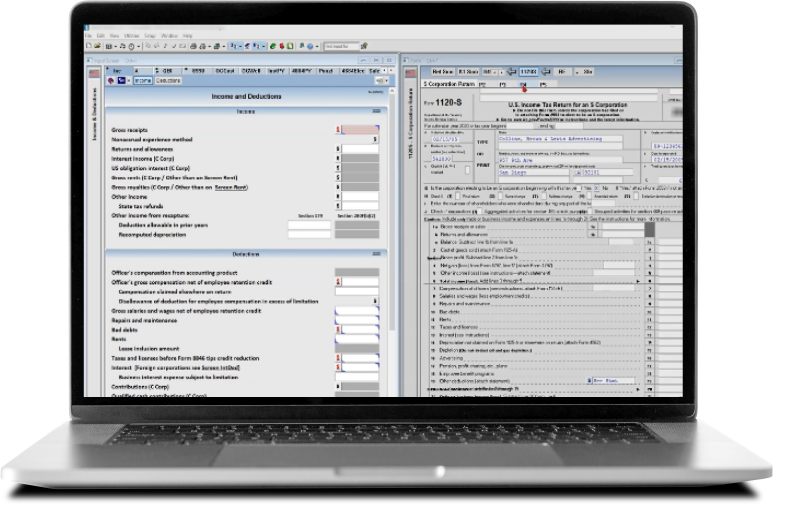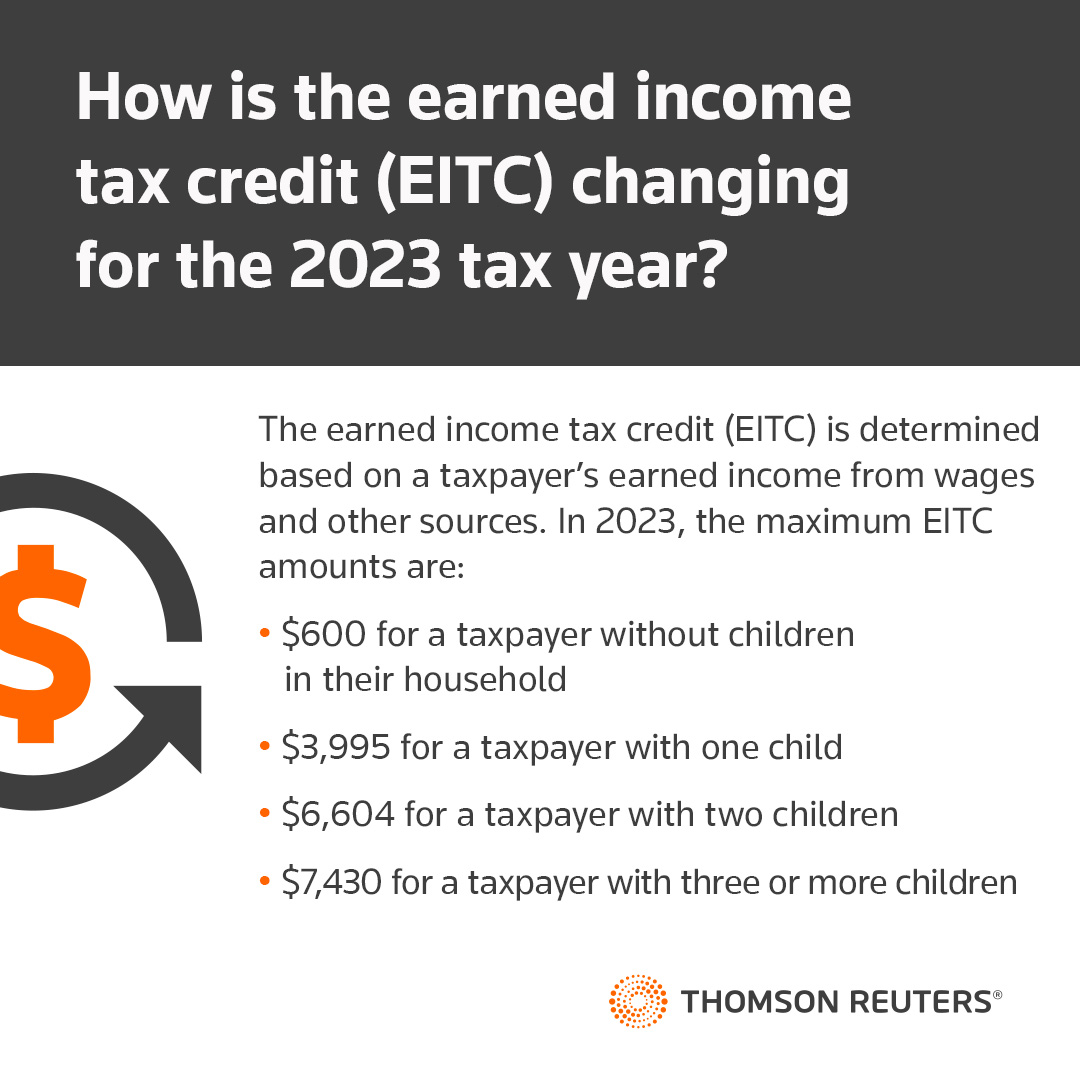IRS Clean Energy Tax Credits: Details & Analysis
Lawmakers should avoid using the tax code to deliver social or economic benefits. Aside from the distortions targeted tax deductions and credits can cause, and the fact that the IRS is not a benefit agency, using the tax code to deliver benefits creates a challenge for recipients that have neither the income nor the tax liability necessary to benefit from a tax subsidy.
The Inflation Reduction Act (IRA) and Creating Helpful Incentives to Produce Semiconductors (CHIPS) and Science Act are both case studies. Both laws offer a litany of tax credits that are only useful for taxpayers with large enough tax liabilities to credit against. Tax credits are not very useful for start-ups, because start-ups are not profitable. The tax code does allow start-ups to carry an unused tax credit on their books as an asset until the firm is profitable enough to use it, but that could take years. And a tax credit in the future is not much of an incentive today.
Similarly, tax credits offer no incentive to the tens of thousands of entities that pay no income taxes, including charities, nonprofit hospitals, universities, local governments, and quasi-public entities such as the Tennessee Valley Authority and rural electric utilities.
The IRA and CHIPS Act offer two questionable workarounds: allowing taxpayers to transfer or sell their tax credits to other taxpayers and allowing for direct payments to untaxed entities in lieu of credits.
New IRS Guidance on Tax Credit Rules
In recently released guidance on the IRA and CHIPS Act tax provisions, the IRS states that taxpayers may transfer, or sell, all or a portion of a tax credit to another taxpayer. The transaction must be made in the same year the credit is applicable and the payment must be in cash. The payment will not be included in the seller’s taxable income, nor can the buyer deduct the payment. In turn, the buyer may deduct 100 percent of the value of the credit in the relevant year, but may not resell the credit.
Sellers must provide the buyer, known as the “transferee,” with sufficient material to justify the credit. However, Congress’s Joint Committee on Taxation (JCT) reports that the transferee is liable for any errors or “excessive” payments and could face a 20 percent penalty in addition to the recapture of the credit.
The “elective pay” option allows untaxed private and public entities to receive a direct payment equal to the value of the credit for 12 applicable tax credits. These include the 1) alternative fuel vehicle refueling property credit, 2) renewable electricity production credit, 3) carbon oxide sequestration credit, 4) zero-emission nuclear power production credit, 5) clean hydrogen production credit, 6) qualified commercial vehicle credit, 7) advanced manufacturing production credit, 8) clean electricity production credit, 9) clean fuel production credit, 10) energy credit, 11) advanced energy project credit, and 12) clean electricity investment credit.
The same credits can be sold or transferred by business taxpayers.
Questionable Precedent for Transfers or Direct Payments
While many states allow for the sale and transfer of business tax credits, such as net operating losses (NOLs) and clean energy incentives, JCT reports that very few federal energy-related tax incentives have allowed for transfers prior to the enactment of the IRA or CHIPS Act, and none allowed for direct pay or were otherwise refundable.
Until now, energy startups have typically “monetized” their unused credits and deductions by entering into a tax equity financing arrangement with banks or investment firms that have a significant tax liability. Industry sources suggest that such arrangements are best suited for large companies with tax liabilities in the $50 million to $100 million range. In exchange for a term-limited equity stake in a windmill or solar project, banks and investment firms can absorb the project’s unused tax credits and depreciation deductions.
Tax credit sales may become more popular than tax equity arrangements because they don’t involve an equity partnership and are less costly to arrange.
This type of financing dried up during the 2008 financial crisis, so the American Recovery and Reinvestment Act of 2009 (ARRA) created the Section 1603 grant program which allowed renewable energy firms to receive cash grants in lieu of investment and production tax credits for projects placed in service before 2011. The grants were worth up to 30 percent of the total cost for wind, solar, and other renewable energy projects.
The Section 1603 grant program expired at the end of 2011, although it continued to distribute grants for projects that were completed in later years. Over the course of its short lifetime, the program doled out more than $26 billion in grants to more than 100,000 projects. The IRS’s Inspector General was critical of the IRS for failing to establish an indicator process to prevent Section 1603 grant recipients from also claiming investment tax credits. The Senate Finance Committee expressed similar concerns about firms “double-dipping,” claiming Section 1603 grants while also receiving Department of Energy loans for the same project.
Newly Required Registration for Tax Credit Transfers and Sales
To prevent the kind of mismanagement and abuse that was evident in the Section 1603 grant program, IRS guidance now requires tax credit sellers and buyers to register with the IRS. The registration is intended to provide documentation of the transaction and a method of tracking the transfer for later review.
The IRS was criticized for assigning only four employees to monitor the Section 1603 grants. Likewise, the new system will only be as good as the IRS resources assigned to it. The required reporting seems aimed more at compliance than outcomes, so the information will not likely provide the IRS with the necessary data to judge the efficacy of green energy tax subsidies.
$100 Worth of Tax Credits for Less Than $90 in Green Energy Investment
Tax credit sales and transfers are a very inefficient means of subsidizing green energy investments because buyers are able to purchase $100 worth of tax credits at a discount, which experts say could range from 6 percent to 15 percent. In other words, the government is effectively spending $100 to get $85 to $94 worth of renewable energy investment. The returns could be even less after fees charged by consultants and insurance companies that broker and insure the transactions.
Further, the discounts don’t include compliance costs, which the Office of Management and Budget is still working to estimate. The IRS estimates that 50,000 taxpayers will spend 308,000 hours complying with the credit transfer regulations each year and 20,000 nonprofit organizations will spend a total of 126,000 hours applying for direct payments. These are likely underestimates.
Tax Subsidies Create a Politically Fabricated Market
Prior to the IRA and CHIPS Act, tax equity financing for renewable energy projects was already an $18 billion to $20 billion per year industry. The IRA and CHIPS Act tax credits have sparked a boom in this industry as firms that previously arranged equity deals are rushing in to broker renewable energy sales and transfers. Insurance companies have joined the gold rush to cover the inherent risk in such deals. The consulting firm Baker Tilly has teamed up with Ever.green to create an eBay-like marketplace for clean energy tax credits.
Some might argue that such innovations illustrate how the market can step up to direct capital to clean energy projects. But this is not a naturally occurring market; it is an artificial market created by Washington lawmakers. The dozen or so clean energy industries that will benefit from these tax subsidies were chosen by lawmakers, not the private sector. The tax credits themselves violate the principles of sound tax policy, so the “monetization” industry they spawned should be seen through the same lens.
Direct Pay: The EITC for Clean Energy
The second workaround, direct pay, mirrors how lawmakers provide social benefits like the Earned Income Tax Credit (EITC) to individual taxpayers. Because many low-income taxpayers do not have sufficient income or tax liability to claim tax credits, the solution has been to provide refundable tax payments. Individuals, however, are not allowed to “monetize” or transfer their tax credits.
The IRS has struggled to manage existing refundable tax credit programs, which foreshadows problems with the direct pay program. For example, in 2022, the IRS paid out over $57 billion in refundable EITCs and nearly $33 billion in Additional Child Tax Credits (ACTCs). According to Paymentaccuracy.gov, the EITC overpayment rate was nearly 32 percent while the rate of ACTC overpayments was nearly 16 percent.
The IRS will now have to manage requests for direct payments from a range of untaxed entities including nonprofit organizations, universities, and public entities such as local governments and the Tennessee Valley Authority. Nonprofit organizations don’t pay income taxes, but they do file a tax return that could technically be linked to a direct payment. However, the IRS will have to develop a process for the numerous untaxed entities that don’t file tax returns.
The opportunities for errors and overpayments are sure to be high because the IRS is not equipped to be a benefit delivery agency.
Stay informed on the tax policies impacting you.
Subscribe to get insights from our trusted experts delivered straight to your inbox.
Subscribe






